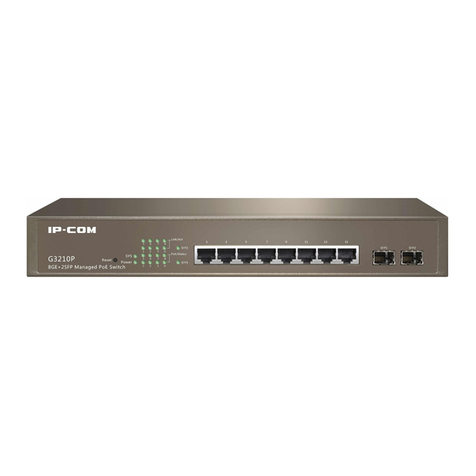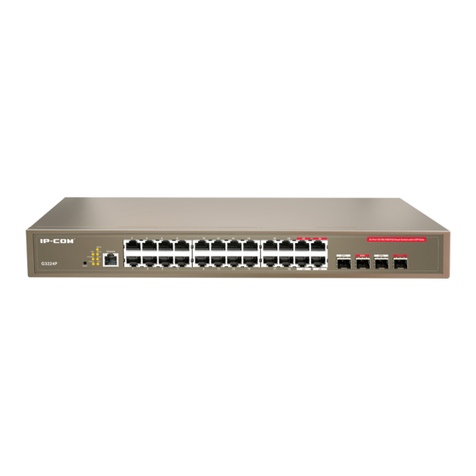3
Contents
Chapter 1 Introduction................................................................................................................................................. 4
1.1 Product Overview.......................................................................................................................................... 4
1.2 Features.......................................................................................................................................................... 4
1.3 Physical Description...................................................................................................................................... 4
1.4 Package Contents........................................................................................................................................... 6
Chapter 2 Installation................................................................................................................................................... 7
2.1 Installation Considerations ............................................................................................................................ 7
2.2 Installing the Switch...................................................................................................................................... 7
2.3 Hardware Connection.................................................................................................................................... 8
Chapter 3 Configuration Guide ................................................................................................................................. 10
3.1 Getting Started with Switch Management Interface.................................................................................... 10
3.1.1 System Requirements ....................................................................................................................... 10
3.1.2 Web Login......................................................................................................................................... 10
3.1.3 Introduction to the Web Browser Interface........................................................................................11
3.2 Administration ............................................................................................................................................. 13
3.2.1 System Info....................................................................................................................................... 13
3.2.2 User Management............................................................................................................................. 15
3.2.3 Restore Factory Defaults .................................................................................................................. 15
3.2.4 Reboot............................................................................................................................................... 16
3.2.5 Firmware Upgrade............................................................................................................................ 16
3.3 Port Management......................................................................................................................................... 18
3.3.1 Port Configuration ............................................................................................................................ 18
3.3.2 Link Aggregation.............................................................................................................................. 23
3.4 PoE............................................................................................................................................................... 25
3.4.1 Global Configuration........................................................................................................................ 26
3.4.2 Port Configuration ............................................................................................................................ 26
3.5 Device Management.................................................................................................................................... 28
3.5.1 VLAN............................................................................................................................................... 28
3.5.2 MAC Binding ................................................................................................................................... 38
3.5.3 QoS................................................................................................................................................... 39
3.5.4 STP ................................................................................................................................................... 43
3.5.5 IGMP Snooping................................................................................................................................ 46
3.5.6 SNMP ............................................................................................................................................... 48
3.6 Logout.......................................................................................................................................................... 50
3.7 Configuration Management......................................................................................................................... 51
Chapter 4 Useful Commands..................................................................................................................................... 52
Chapter 5 TCP/IP Setup............................................................................................................................................. 53
Appendix Regulatory Compliance Information......................................................................................................... 56





























